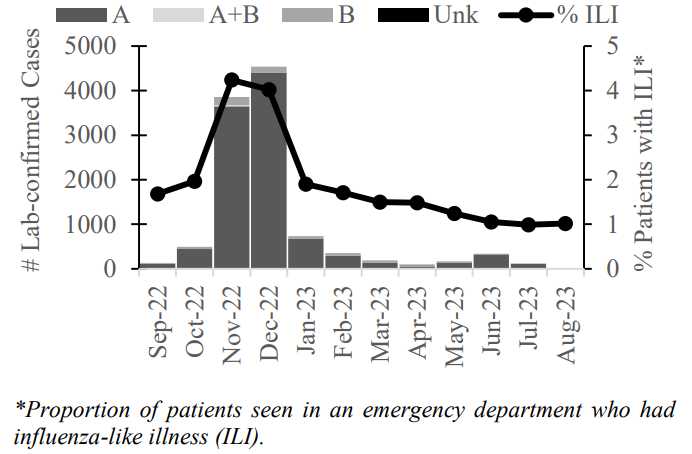 JOINT BASE ELMENDORF-RICHARDSON, Alaska — In May 1920 the Alaska town of Nenana, nestled on the bank of the river of the same name in Alaska’s Interior, suffered great loss of life following a withering wave of the H1N1 influenza.
JOINT BASE ELMENDORF-RICHARDSON, Alaska — In May 1920 the Alaska town of Nenana, nestled on the bank of the river of the same name in Alaska’s Interior, suffered great loss of life following a withering wave of the H1N1 influenza.
According to a National Park Service article highlighting a historic part of the Nenana South Cemetery, 60-65 residents – nearly 10 percent of the population – succumbed to the flu in two weeks. The tragedy is memorialized today by a manicured section of the grounds, which was threatened this summer by massive wildland fires consuming vast swaths of the forest and threatening to wipe out the history the place carries.
Five 176th Civil Engineer Squadron firefighters mobilized Aug. 6 following a call by the Alaska National Guard to help the Department of Forestry and Fire Protection’s efforts to contain the fires. Among the firefighters’ immediate and crucial tasks was to fortify the cemetery against the wildfires that had already consumed hundreds of thousands of acres by the time the Guardsmen started work in the area Aug. 7.
The firefighters reported for duty with Forestry’s Nenana Group, primarily comprising the Nulato Hills Hand Crew from Western Alaska, and set up a small tent village on the community’s football field.
Alaska Air National Guard Master Sgt. Steven White, a senior 176th CES firefighter who recently transferred from the Montana Air National Guard, said the expedition reminded him of a military operation.
“It’s almost like a deployment in the desert,” he said. “There’s a services group cooking for us, there’s port-a-potties set up, there’s a shower unit, and every crew here is camping together on the football field.”
Upon arrival to Nenana, White and his team went about going to work to protect homes that may have come in the path of the fires.
“Our job was to go through the town, look at all of the cabins and houses, and we looked at what was needed to defend that structure if the wind shifted and pushed fire into the town of Nenana,” White explained. “It’s a lot of saw work with the Nenana Group knocking down fuels that can catch a cabin on fire.”
White said he was especially proud of the mammoth task of creating a fire-resistant cordon around the cemetery.
“We teamed up with the Nulato Hills Hand Crew, and we created a 400-by-20-meter fuel break using chainsaws,” he said. “It was a two-day project where we made a big circle around the cemetery, and we’re cutting down every piece of brush, so that if the fire did jump the river, that historic cemetery would be protected.
“We sweated and worked and slogged away,” White continued. “That was the proudest moment of our trip.”
Working conditions were especially grueling, White said, because of the poor air quality.
“The smoke layer is so thick that the sun isn’t getting down to warm things up,” White said. “There were mornings when we would get up, leave fire camp, we would head to our assignment, and you couldn’t see a dang thing. We were driving the truck with our four-way blinkers on, just so we wouldn’t get run into.”
Despite time away from home to work a tough assignment, White said the effort was worth it.
“That historic cemetery means a lot to many folks here, and we’re super proud of the work we have done here,” he said.
###[content id=”79272″]





